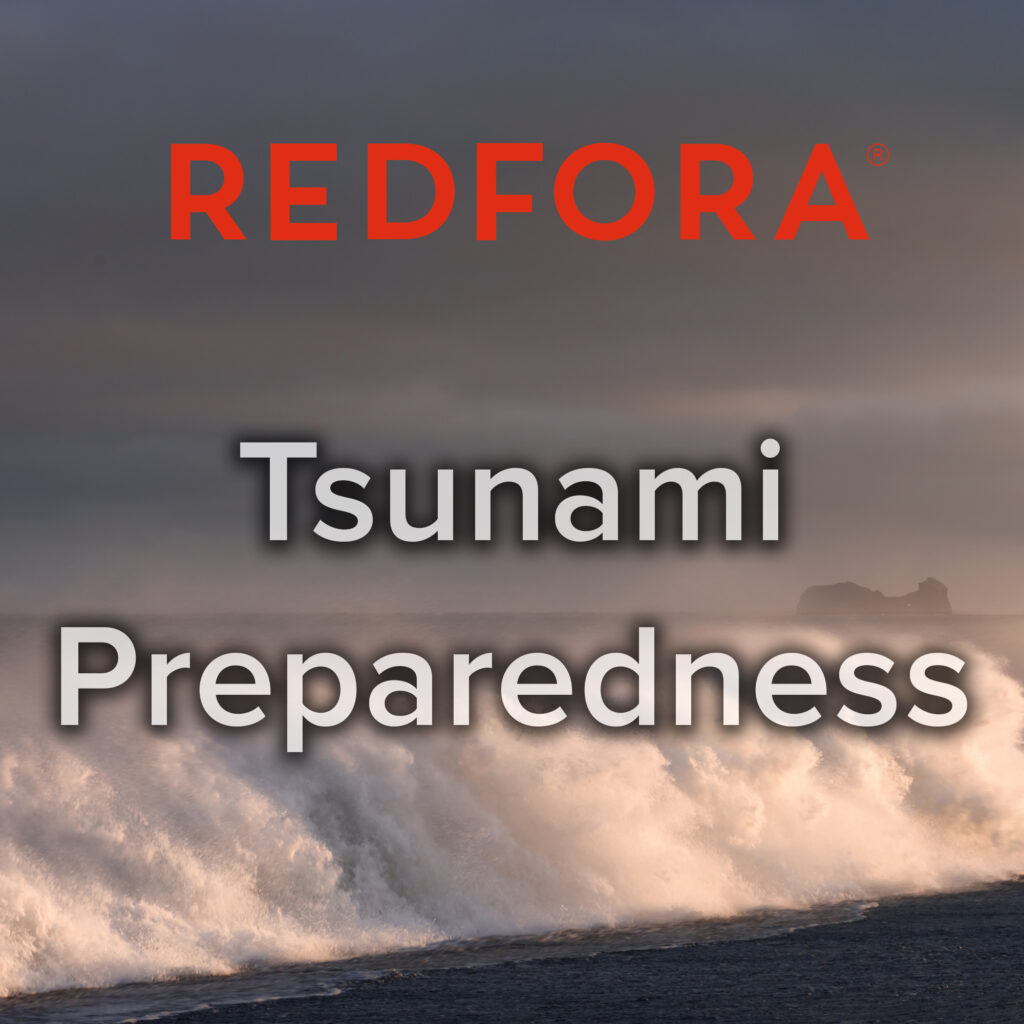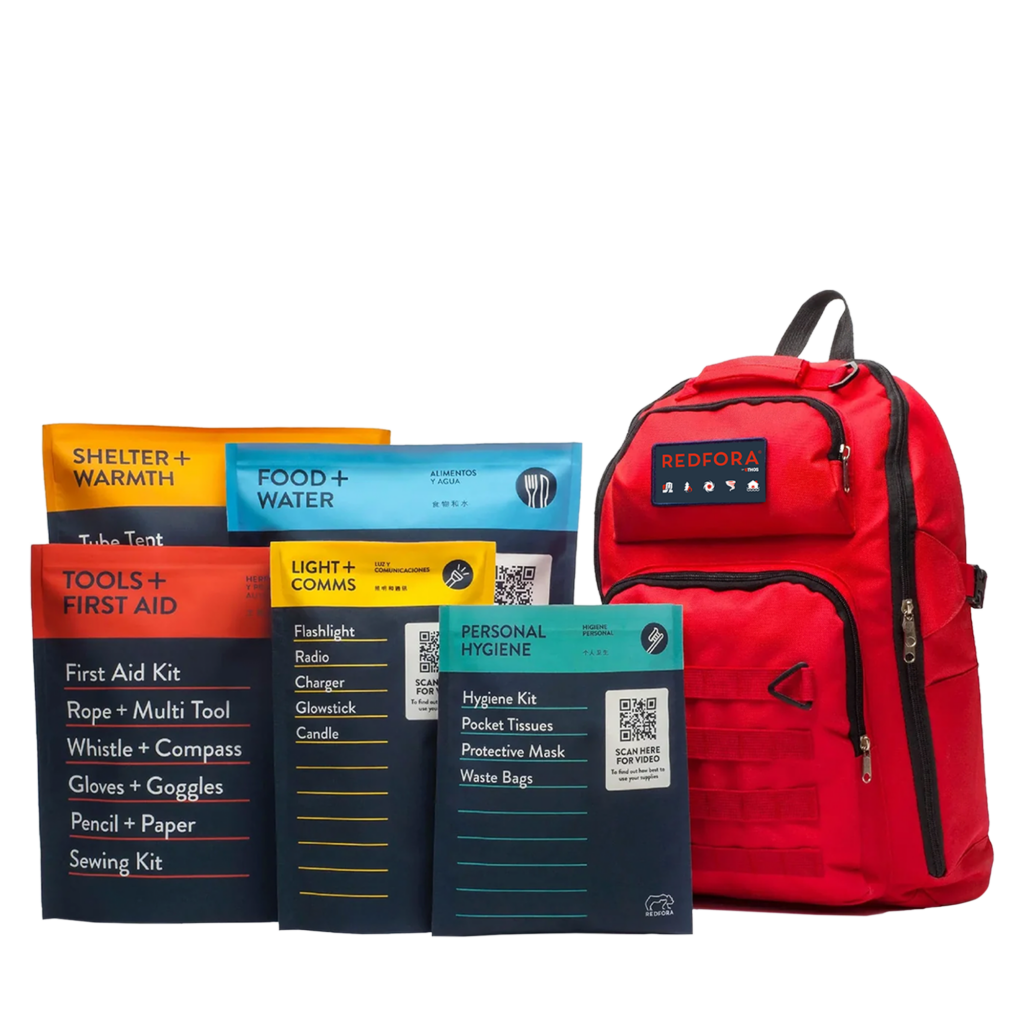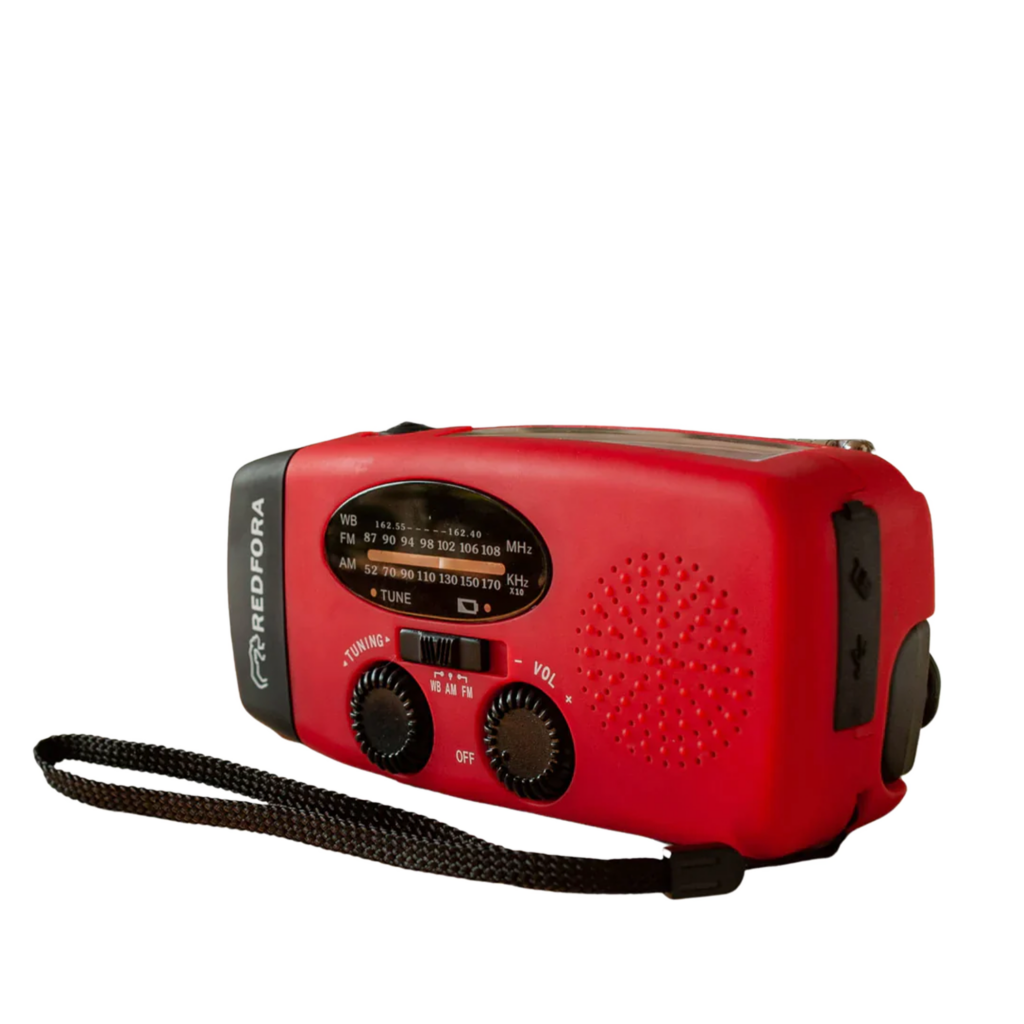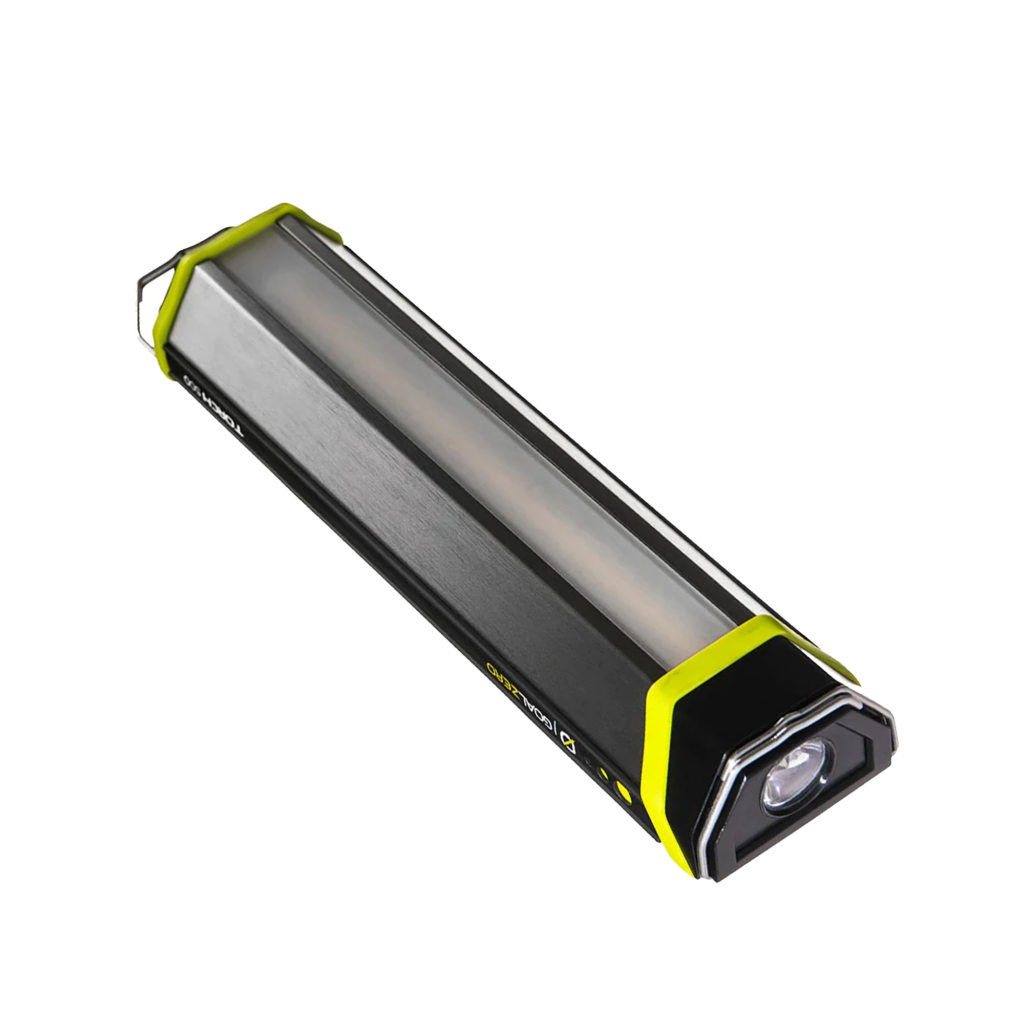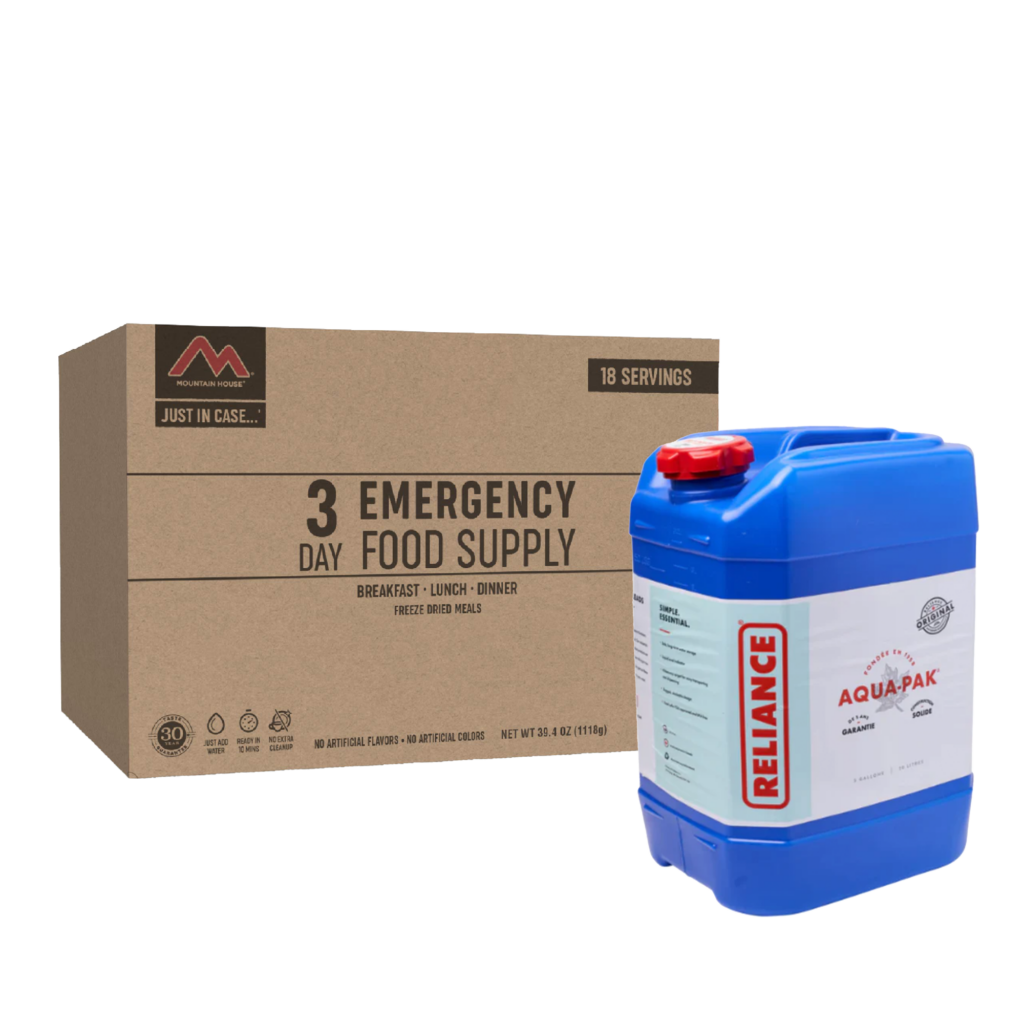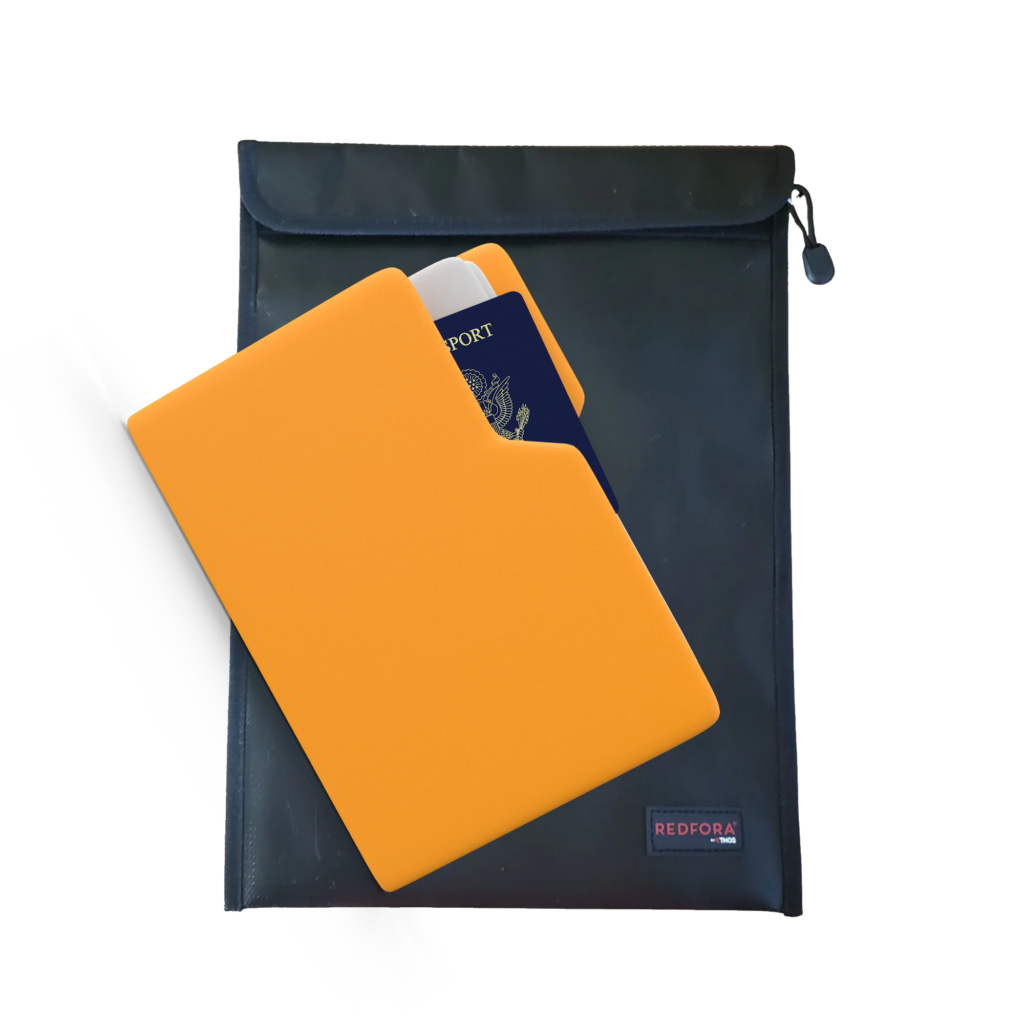Is your workplace ready for anything? Access in-depth educational resources through our LMS Program, and get prepared. Reach out today to get started.
1. Secure furniture that could topple in an event
2. Move heavy objects to waist level or lower
3. Choose the best drop/cover/hold-on locations in my home and run a drill with my family
4. Download a reputable earthquake early warning app, which can give you precious seconds of warning before major shaking hits
5. Store some extra gallons of drinking water
6. Stockpile medication
7. Prepare some debris masks for the aftermath
8. Assemble or buy a kit of items that you’ll need for your home, car and work. You never know where you will be during an earthquake. If you’re ready everywhere, you’re also prepared for quick evacuation in the event of a wildfire.
During an earthquake, you can immediately sense the danger posed by the weight and instability of the objects around you. Your body may tell you to run, but it’s not the right response because if you fall and hurt yourself, you’ll find yourself in an even more vulnerable situation. Professional medical attention won’t be immediately available in an earthquake’s aftermath. Even if you manage to stay on your feet, you may be endangered by heavy objects falling from the walls and ceiling within the building, or bricks, glass, chimneys and air conditioning units falling from the outside of the building. The Drop, Cover, Hold On response can help protect you from the most preventable modes of earthquake injury – namely falling and being struck by falling objects.
The doorway is problematic for several reasons.
- If you’re in a public place, there may not be enough doorways. Put thirty people into a room with two exits (a classroom, for example) and then imagine everyone running for those doorways. The math doesn’t work.
- Standing in a doorway does not prevent falling as effectively as lowering yourself to the ground as you do in the Drop/Cover/Hold method.
- People tend to put decorative items above doorways, which pose a risk of head injury during an earthquake.
- A doorway is not necessarily more structurally sound than other parts of your home.
The Drop, Cover, Hold On technique has long been promoted as the best response to earthquakes by the USGS and the Red Cross.
The Daylight Savings Time method is helpful for kit reviews. Each time clocks are adjusted forward or backward, the contents of the emergency kit should be examined. Here’s what to review in your kit:
- Quantity: Ensure the stockpile is sufficient for all individuals relying on it.
- Relevance/Accuracy: Especially if you have children or pets, their needs can change over time.
- Expiration: Check the expiration dates on food, water, first aid supplies, and medications.
- Function: Confirm that electronic items (radio, cell phone charger, flashlight, etc.) still work.
- Room for Improvement: Identify potential additions to your kit by inspecting the house, basement, and utility drawer for items not currently needed but useful in an emergency.
- Water Rotation: For those utilizing emergency water containers, it’s advised to replace the water every six months.
Additional Earthquake Preparedness Resources
Shop for Earthquake Supplies at Redfora
Subscribe to our newsletter and get $10 off your first order over $99.




